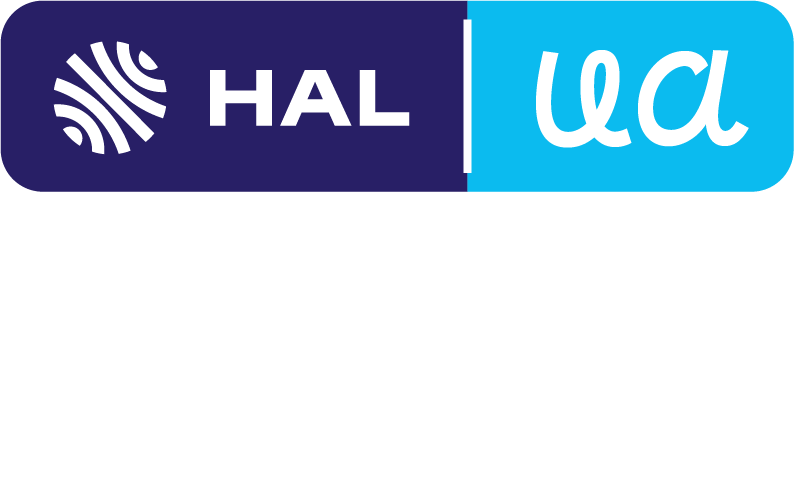Supercritical Carbon Dioxide Fractionation: Case Study for Ethanol-Water Mixtures
Résumé
The supercritical CO2 fractionation is a process which aims at separating different chemical compounds from a liquid mixture using a supercritical fluid as solvent. This operation can be conducted continuously in a counter-current column, and the use of supercritical carbon dioxide (SC-CO2) enables us to operate at low temperatures with a safe and selective solvent. Hence, this process could be of relevant interest in many industries, on the first hand, to avoid the use of toxic solvents, and on the other hand, to develop new alternatives for complex separations; providing then answers to current environmental and technical issues that correspond to the major challenges of the future. Despite its potential, this process is still little deployed in industrial lines. Indeed, pressure, temperature, and solvent-to-feed ratio (S/F) are all parameters to be considered and optimized for a given application. Moreover, these parameters cover a vast operating field, where the physico-chemical properties of involved phases, and therefore their influence, are not always known. For instance, liquid-fluid interfacial tension and wettability on the packing may affect both transfer phenomenon and column hydrodynamics but their influence remains poorly studied in SC-CO2 medium [1-3].
As consequence, a study on the SC-CO2 fractionation in counter-current packed column (H = 2 m; ID = 19 mm) of a model mixture composed of ethanol-water mixtures, was carried out by varying the parameters above-mentioned, namely the pressure, the temperature, and the S/F. Then, studied conditions involve two pressures of 10.1 MPa and 15.1 MPa, two temperatures of 313 K and 333 K, and three S/F of 9, 24 and 80; corresponding to usual processing conditions for ethanol-water mixtures using SC-CO2 fractionation. Beyond these supercritical CO2 fractionation experiments, an in-depth study about interface properties was also carried out. Thus, measurements of interfacial tension and contact angle on stainless steel of ethanol-water mixtures in CO2 were performed up to 15.1 MPa at 313 K and 333 K, by pendant drop and sessile drop methods, respectively, using a high-pressure tensiometer coupled with picture analysis softwares (Windrop and ImageJ). In addition, the work of adhesion of these mixtures on stainless-steel in saturated SC-CO2 can be estimated thanks to the Young-Dupré equation. This system is a good case study because well-known from a thermodynamical point of view, as well as available feedback from supercritical fractionation. Finally, coupling supercritical fractionation experiments and interfacial property measurements allows us to initiate links between the latter and the flooding phenomena.
As results, this work brings first unpublished data on interfacial properties such as contact angles of ethanol-water mixtures on stainless steels (AISI 316 and 316L) in dense CO2. Reduced interfacial tensions and increased contact angles on stainless steel supports in dense CO2 with raised pressure led to low work of adhesion in high pressure range. Moreover, supercritical fractionation results show various behaviors through the large operating field. Hence, among all studied conditions, stable ones are discussed regarding the potential of the supercritical fractionation for ethanol-water mixture separation; while other conditions, that are not stable, are discussed regarding flooding phenomena. Finally, the results put forward in this work allowed us, i) to introduce a first link between the interfacial properties and the “bubble column flooding” through a new dimensionless number that compares the force of adhesion in saturated SC-CO2 to the net weight within SC-CO2; and ii) to discuss a potential link between the interfacial tension, or even the viscosity of the liquid, and the “entrainment” or the “liquid layer flooding” as perspective.
